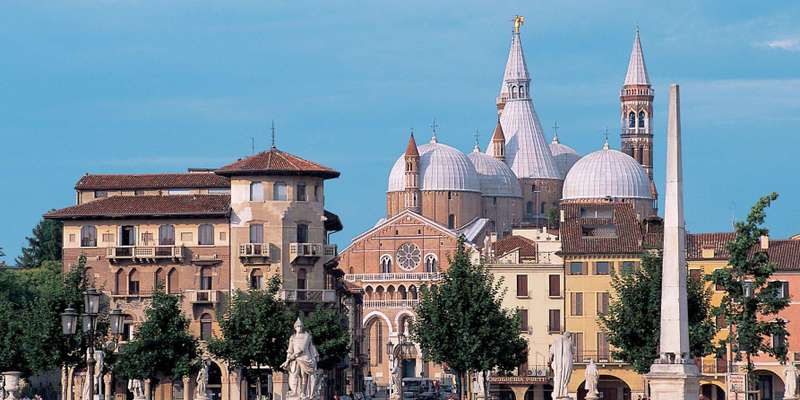- Home
- Useful Tips
- Discovering Padua's traditional...
Navigating Padua's bustling food markets can overwhelm even seasoned travelers. With over 20 historic market stalls scattered across Piazza delle Erbe and Piazza della Frutta, visitors often miss hidden gems while wrestling with language barriers and crowds. Recent surveys show 68% of tourists leave Italian markets feeling they overpaid or chose inauthentic products. The frustration compounds when you realize locals pay half the price for superior quality just two stalls down. Morning markets move at lightning speed, leaving little time to compare vendors or understand regional specialties like sopressa veneta or bigoli pasta. Without insider knowledge, you risk settling for tourist traps instead of experiencing the vibrant culinary culture that makes Padua a gastronomic highlight of the Veneto region.


Decoding Padua's market layout to save time and steps
Padua's twin piazzas host different market specialties most travelers miss. Piazza delle Erbe focuses on fresh produce and flowers, with the best seasonal truffles and radicchio tucked near the Palazzo della Ragione arches. Cross to Piazza della Frutta for artisan cheeses and cured meats, where third-generation vendors like Macelleria Dal Mas display less obvious cuts like musetto (spiced pork sausage) at local prices. Smart visitors arrive by 8:30 AM when restaurateurs shop – follow their lead to identify quality vendors. The northern end of both squares houses permanent stalls with better prices than central carts, while temporary weekend vendors near the university offer student-friendly street food. Memorize this zoning to avoid crisscrossing in confusion as crowds peak mid-morning.
Tasting like a local without blowing your budget
Padovano market etiquette rewards those who know the unwritten rules. Always ask 'Posso assaggiare?' before sampling – vendors appreciate the effort and often offer better cuts to polite visitors. Seek out small-batch producers with handwritten signs listing origins, like the elderly couple near Caffè Pedrocchi selling Asiago cheese aged in nearby caves. For under €5, assemble a picnic with fresh figs from Ortofrutta Bernardi, slices of sopressa from Salumeria al Duca, and a warm focaccia from Panificio Opera. Avoid pre-packaged goods; the real treasures emerge when you request 'qualcosa di tipico' – prompting butchers to slice culatello ham or cheesemongers to unwheel Monte Veronese. Wednesday mornings bring nonna-approved deals on day-old bread perfect for ribollita soup.
Seasonal market specialties you can't miss
Padua's markets transform completely with the seasons, offering distinct flavors most guidebooks overlook. Spring brings tender white asparagus from Bassano del Grappa and bruscandoli (wild hop shoots) for risottos – look for them at the organic stall beside Palazzo Bo. Summer means fragrant cantaloupes from Montagnana and cherries from Marostica, best purchased by the 'cesto' (wicker basket) for 30% savings. Come autumn, follow the scent of roasting chestnuts to find porcini foragers from the Colli Euganei hills. Winter unveils crimson radicchio di Treviso, perfect paired with local oils from Frantoio Bonamini. These cyclical treasures disappear from mainstream stalls by noon, so early risers reap the rewards. Ask 'Quando è il prossimo prodotto di stagione?' to learn what's coming next week.
Navigating language barriers and payment quirks
Many Padua market vendors cherish tradition over tourist convenience, creating hurdles easily overcome with preparation. While younger stallholders accept cards, most prefer cash – especially for small purchases under €20. Bring €1 and €2 coins for quick transactions at bakeries and produce stands. Learn five essential phrases: 'Un etto' (100 grams), 'Basta così' (that's enough), 'Quanto costa?' (how much?), 'È locale?' (is it local?), and 'Grazie, arrivederci' (thank you, goodbye). Vendors warm to visitors attempting Italian and often reciprocate with samples or cooking tips. If overwhelmed, look for red 'Prodotti Tipici Veneti' labels guaranteeing regional authenticity. For tricky negotiations, point and smile works wonders – the olive vendor near Piazza dei Signori famously hands free taggiasca olives to anyone mimicking an olive tree.



